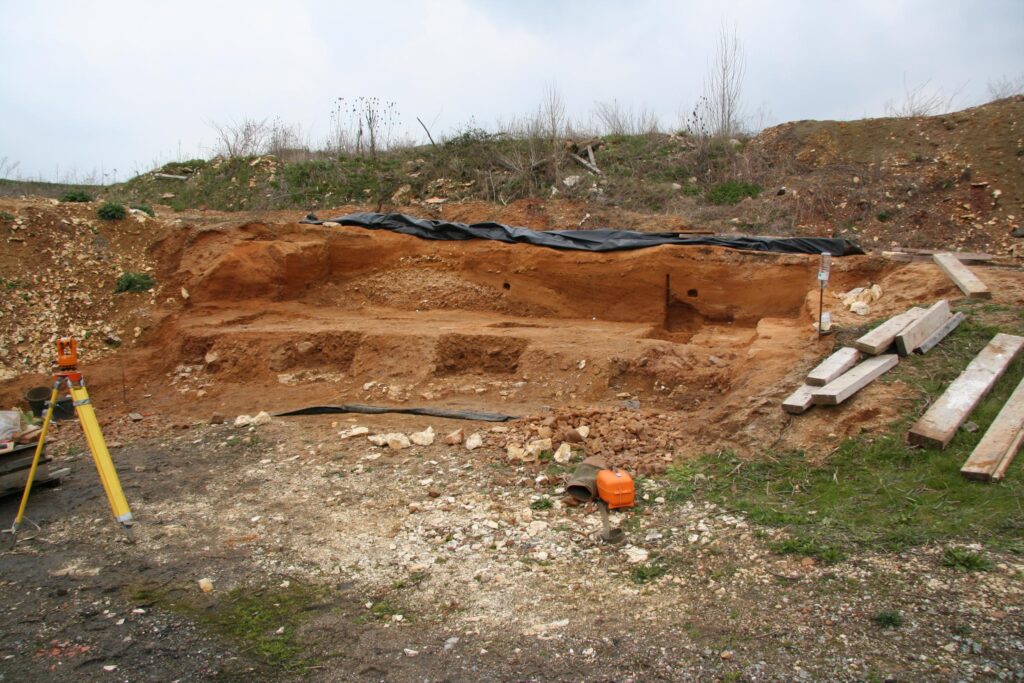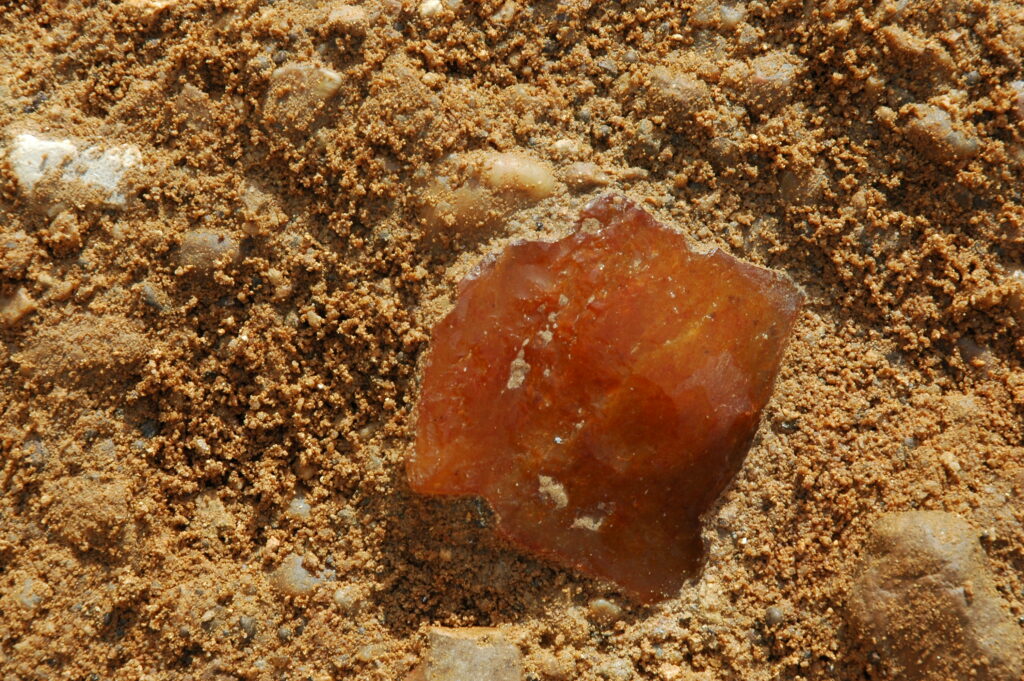New Study Redates Two Lower Paleolithic Sites in France
A publication in the journal Quaternary International led by Dr Mathieu Duval, Ramón y Cajal Research Fellow at the Centro Nacional de Investigación Sobre la Evolución Humana (CENIEH), is based on the use of an unprecedented combination of three different dating techniques, namely Electron Spin Resonance (ESR), Luminescence and Palaeomagnetism, to date two Lower Palaeolithic sites in France.

“The initial purpose of this study was to refine the chronology of these two sites, which are amongst the oldest evidence of the human presence in Western Europe, north of the 45°N latitude, before 500,000 years ago”, says Dr Duval.
“They were previously dated using one method only, and we now provide an independent age assessment, based on a multi-technique approach that enables to build a robust chronological framework.”
The two archaeological sites have delivered lithic tools that are typical of the Lower Palaeolithic, the oldest cultural period identified in Europe. The first one, Lunery-la Terre-des-Sablons, provided an Oldowan lithic industry similar to that found at other sites such as Atapuerca Gran Dolina, Sima del Elefante, Barranco León or Fuente Nueva-3 (Spain).
Initially dated to about 1.1 million years, the new study indicated a more complex site formation process than thought earlier, and a minimum age of 710,000 years is now proposed for the lithic tools.
In contrast, the new age results obtained for the second site, Brinay-la Noira, are in excellent agreement with those obtained previously. They confirm the age of the lithic industry to around 650,000 years, making the site one of the oldest Acheulean site in Western Europe.
“Nowadays, the number of old archaeological sites in Western Europe is still very limited, which is why it essential to obtain at least an accurate dating for those that have been found and excavated so far.
These new dating results will undoubtedly contribute to improving our understanding of the timing of the early human settlements in Western Europe”, concludes Prof. Josep M. Parés, co-author of the work and Head of the Geochronology and Geology Programme at CENIEH.
This work is the result of an international scientific collaboration involving researchers from various prestigious institutions such as the CENIEH (Spain), Museum National d’Histoire Naturelle (France) and University of Adelaide (Australia).

Background
The Geochronology and Geology Programme at CENIEH, Spain, hosts a unique combination of world-class facilities and international researchers fully dedicated to Human Evolution.
One of the main research lines of the program consists in refining the chronology of the early human occupations in the Mediterranean area, with a special emphasis on the combination of different dating methods in order to obtain more robust chronologies.
This approach has been recently employed to provide the first direct age on Homo antecessor from Atapuerca Gran Dolina, or to date, the oldest evidence of the human presence in North Africa, found at Ain Boucherit (Algeria).





